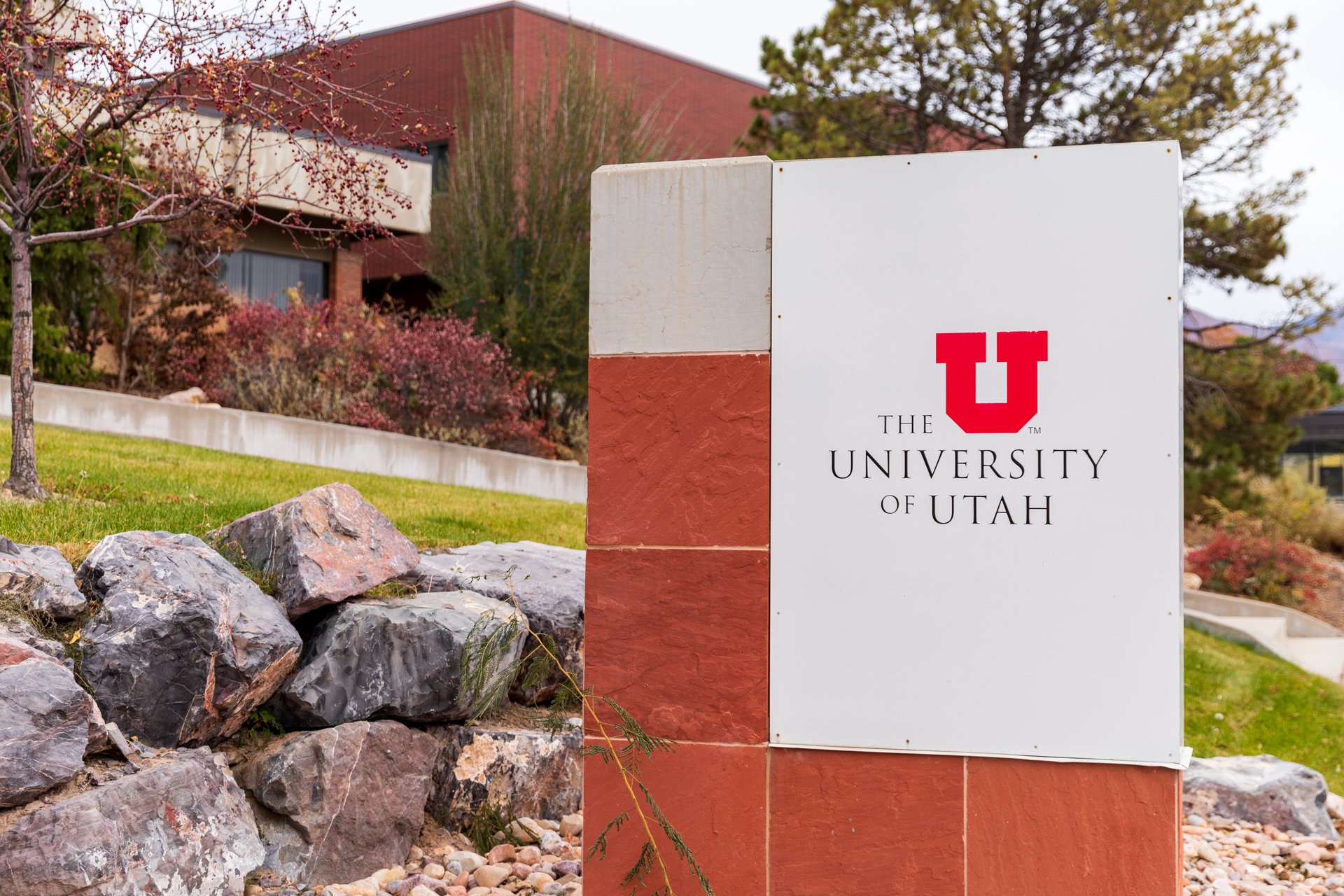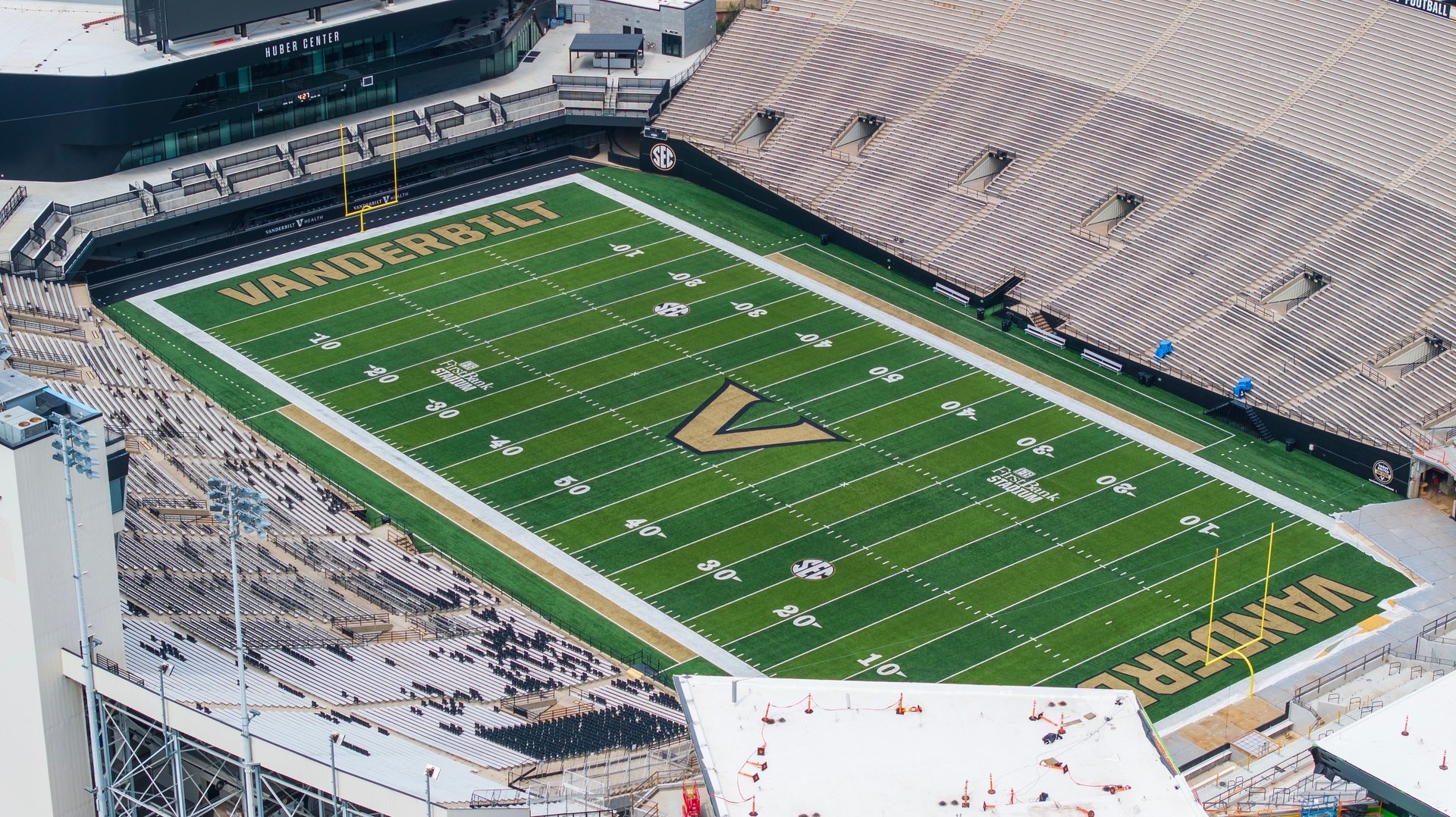Good morning, and thanks for spending part of your day with Extra Points.
Quick housekeeping note: I am going to be in Las Vegas Tues-Thursday for the Learfield IMG College Intercollegiate Athletics Forum. If you're going to be around the area too, drop me a line, I'd love to come say hello! I hope to share updates from the event later this week on Extra Points.
Congrats to fans of Georgia, Alabama, Cincinnati, and...ugh...FINE... Michigan. These four teams were officially selected for the College Football Playoff. For everybody else, the focus shifts to bowl prep, National Signing Day, staff changes, and figuring out what roster holes to fill from the Transfer Portal.
Ohio State quarterback Quinn Ewers was perhaps the highest profile player to enter the portal, making things official on Friday. The former five-star QB did not attempt a pass this season, only hitting the field for two handoffs at the end of the Michigan game.
That Ewers would decide to transfer is not shocking. Ohio State's starting QB, C.J. Stroud, won the Big Ten Player of the Year award and still has multiple years of eligibility remaining, and Ewers was still behind fellow five-star QB Kyle McCord on the depth chart. Five-star QBs aren't recruited to sit the bench for two, three seasons. They expect to play, and Ewers will likely find an easier path to playing time somewhere else.
But Ewers isn't like other five-star QBs.
I don't know if Ewers was one of the highest paid college football players in the NIL era. But I feel pretty confident in stating he was among the highest paid fourth-string quarterbacks.
Back in September, I wrote about Ewers, right after he signed a $1.4 million dollar NIL for autographs and other memorabilia. That doesn't include a significant deal with Holy Kombucha (which reportedly included equity in the company) or the F250 truck he scored from a local Columbus car dealership (one that reportedly aired commercials including Ewers during the Big Ten championship game....after Ewers announced he was leaving Ohio State).
There's a non-trivial chance Ewers brought in more than $1 million for every snap he played at Ohio State.
Here's what I wrote about the Ewers deals back in September:
If history is any guide here, Ewers is very likely to be a productive college QB, if he can stay healthy. But there's certainly no guarantee it happens at Ohio State (the Buckeye QB room already has another five-star and two other high four-star recruits). Taking a redshirt season now is fine and good, but if companies are willing to pay you $750,000 now, are you going to be willing to be patient and wait for playing time? Will the brands? And how will the actual starting QB for the Buckeyes, CJ Stroud, react, if he doesn't make Ewers-money this season despite, you know, actually playing the games?
We appear to have our answer.
But the possible relationship between NIL and a high-profile transfer is more nuanced than it may appear.
On Friday, Austin Ward, a reporter with the Ohio State message board Lettermen Row, initially wrote that Ewers had NIL deals that were contingent on him actually playing.
Ward would later delete the tweets and clarify:
Now, whether those clauses appeared in some early draft or a final version, they would almost certainly run afoul of the very limited NCAA guidelines on NIL. NIL contracts cannot explicitly be pay-for-play, and contract terms cannot be explicitly tied to on-field performance. A brand can't give an athlete a cash bonus for every touchdown pass, for example.
This is important, because if those clauses actually did exist, Ohio State's compliance department made a major mistake, and Ewers' future eligibility could be at risk.
The charitable interpretation here is that NIL is complicated, and many of Ewers' biggest deals happened when NIL was very new, so it's possible that the folks who talked to Ward were simply misinformed about either the nature of the contract or NCAA regulations.
The uh, less charitable interpretation would be that somebody at Ohio State, wanting to change the narrative away from "the highest ranked recruit in school history just transferred without attempting a pass", would leak something that wasn't totally true to a friendly reporter at a friendly outlet. Wouldn't be the first time something like that happened.
Several months in, I think there's still a bit of a misconception about NIL. It isn't really about athletic performance.
I don't want to pick on Ward here, because I think there is a relatively common misunderstanding from those who primarily work in the recruiting world.
The NIL value of an athlete isn't set by how good of an athlete he is, or exactly what he or she accomplishes on the field. The value is from that athlete's marketability. That can be very similar to on-field performance, but those terms aren't interchangeable.
Ewers was famous well before he stepped foot in Columbus. He was one of the most celebrated high school quarterbacks coming out of THE football-mad state. He had over 100K followers on Instagram before the start of the football season, and has roughly the combined social reach of Matt Coral and Kenny Pickett, two QBs who could be Heisman finalists, combined. His background, his personality, his look (the man has a mullet, after all) all combine to make him a Marketing Dream. His NIL would be highly valuable whether he played at Ohio State or Ohio Dominican.
To think of another example, take Enes Freedom Kanter. Kanter is not one of the best players in the NBA. Per ESPN, Kanter's 17.85 PER puts him 35th just among active NBA centers, behind guys like Naz Reid and Cody Zeller. But Kanter's life story and increasingly public political activism have now made him a darling for a certain kind of NBA fan. Kanter is going to get on Fox News for a while. He's famous, and that is going to open up certain kinds of opportunities for him, even if he only plays about fifteen minutes a night for the rest of his career.
You can be a truly elite athlete, one of the very best at your position, and not be in a position to earn a ton of money from NIL. A highly social, creative and marketable athlete could make a ton of money, even if they ride the bench. Marketability is not a just add-water-and-playing-time sort of formula, no matter what any assistant coach might say on the recruiting trail.
What should we take from all of this?
I suspect that Ricart Automotive might have done a few things differently with their marketing budget, given the benefit of hindsight. Throwing massive money and product around unproven teenagers is a risky move, both on the field, and from a simple brand-safety strategy. Players transfer, get injured, get into trouble and more, and so waiting a bit to make sure that the centerpiece of your campaign at least intends to remain on campus for more than six months may be wise.
Back in September, I wrote,
"All I know is that's a lot of money for an athlete who probably won't throw a pass this season, and is not guaranteed to throw passes for a championship contending team in 2022. But hey, it's not my money."
I still think that's true, and I wouldn't be surprised if big money is a little more hesitant to get involved with freshman football players. Bagman are still going to bagman, of course, but institutional money plays by different rules.
I don't know how many kids like Ewers we'll see in the near future. He seems like a rare mix of elite high school accomplishments, ability to command major money right away, enough resources to really advocate for himself and his interests, massive social following...all while playing a position that he can't really share with anybody else. If there are other athletes that fit that profile, sure, NIL may be a factor in limiting how patient they are about playing time.
In the meantime, I suspect everybody is going to be fine. Ohio State still has plenty of elite quarterback talent. Ewers will almost certainly have a real shot to start early at another school closer to home. Some other dealership will probably be happy to give him another truck. And in another year or so, we'll have a better idea about how much of his situation is the new normal in college football, and how much was a one-off.
It all seems like a very expensive experiment to me. But hey, like I said. It's not my money.
If you enjoyed this newsletter, you'll love a full Extra Points subscription. Full Extra Point subscribers get four newsletters a week, access to our full archive of newsletters, two free stickers, access to our premier subscribers-only Discord server AND get the warm fuzzy feeling of supporting independent college athletics coverage.
Full subscriptions are just eight bucks a month, with bulk rates and institutional discounts available.
Also, in case you missed this earlier, Extra Points is now part of the D1.ticker family. If you aren't subscribed to D1.ticker, what are you waiting for? It's a completely free newsletter that shares every bit of news you could possibly need to understand everything happening in college sports. It was a completely invaluable resource for me in writing Extra Points. Never miss a headline by subscribing, for free, right here.
To sponsor a future Extra Points newsletter, please email [email protected]. For article ideas, newsletter feedback, FOIA tips, athlete NIL sponsorships and more, I'm at [email protected], or @MattBrownEP on Twitter.

















